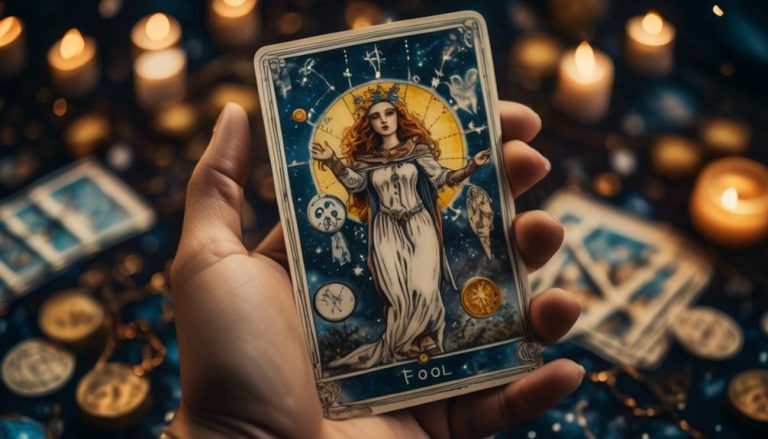The Death card in tarot is often shrouded in myth and misunderstanding. A common observation is that its imagery evokes fear and trepidation, yet its deeper meanings can resonate with profound insights about transformation and renewal. When this card appears upside down, the interpretation shifts, offering a unique perspective that requires careful consideration.
The imagery depicted on the Death card typically features a skeletal figure, sometimes wearing armor or riding a white horse, signaling the inevitability of change. However, when reversed, this card provides a rich tapestry of potential meanings, unlocking a repository of insights about the human experience.
Firstly, it is vital to comprehend that the upside down Death card often signifies stagnation or an unwillingness to let go. Individuals might find themselves tethered to old habits, relationships, or periods in their lives that no longer serve their best interests. This can manifest as an internal struggle against change. Instead of the energetic transformation associated with the upright card, the reversed position may hint at the fear of the unknown, ultimately resulting in resistance. It compels one to reflect: what prevents personal growth and evolution?
Moreover, the reversed Death card may signify a transitional phase that is in limbo. This is not merely about an inability to move forward but rather represents a paradoxical state of suspended animation. The querent could be caught between the past and what could be an exciting future. This oscillation between states often evokes a need for self-examination and can prompt individuals to seek essential resolutions. Herein lies the potential for enlightenment; confronting these matters can lead to profound realizations about oneself and one’s aspirations.
Conversely, an upside down Death card can also symbolize a fear of change that stems from external pressures. Society often touts the value of constancy, glorifying stability over innovation. This perspective stifles the flourishing of one’s true self as individuals hesitate to embrace transformations that appear daunting. Therefore, the reversed Death card might serve as an anthem for authenticity and the importance of acknowledging societal influences that may unwittingly hinder personal development. It urges a reconsideration of the status quo—are there conventions one could challenge to pave the way for personal liberation?
Additionally, the reversed interpretation may evoke feelings of self-doubt and insecurity. The querent might grapple with their sense of identity, questioning the very fabric of their existence amidst life’s ceaseless ebb and flow. These feelings can reveal unacknowledged fears about mortality or the impermanence of relationships. Consequently, this card encourages individuals to confront such existential queries, fostering resilience rather than retreat.
Yet, the upside down Death card need not always indicate negativity. At times, it can denote a delayed transformation or a momentary pause to gather one’s resources before embarking on a new journey. This suggests that one might be on the cusp of significant change, just moments away from significant breakthroughs. Recognizing this potential for metamorphosis can invigorate individuals to reevaluate their circumstances and seize opportunities when the timing feels right.
In a more mystical sense, the reversed Death card invites inquiry into factors that inhibit personal revelation. Often, this conversation goes beyond the visible realm into the metaphysical areas of existence. The tarot serves as a mirror, reflecting back themes and traits that perhaps the querent wishes to evade. Such confrontation is integral, as it proffers individuals a chance to engage with their deeper selves and emerge stronger. It suggests a critical examination of beliefs, patterns, and emotional responses that have perpetuated cycles of decline.
Furthermore, the card can also illuminate themes of nostalgia and a longing for how things used to be. A sense of melancholy might pervade when one clings to past glories rather than embracing the present’s inherent potential. The upside down Death card serves as a gentle nudge to appreciate the journey and all the lessons it embodies, thus encouraging the querent to cultivate a mindset of gratitude rather than fixation on yesteryears.
To consider the narrative created by an upside down Death card is to embrace a blend of perspectives. While it undoubtedly depicts challenges, it simultaneously offers a space for healing and reflection. By confronting fears and resistance towards change, individuals can unlock pathways to personal growth. The tarot, in its fullest essence, is not merely about fortelling destinies but about engaging with the intricate layers of human psychology and experience.
In conclusion, the reversed Death card invites introspection and resilience. It stands as a testament to the complexities of existence and the beauty of transformation, urging individuals to recognize the delicate balance between holding on and letting go. When facing this card, one should consider the broader implications for their life, asking—what might be necessary to embrace the inevitable changes ahead? Exploring the nuanced dynamics behind the upside down Death card can ultimately lead to empowering revelations and a richer understanding of oneself.









Leave a Comment